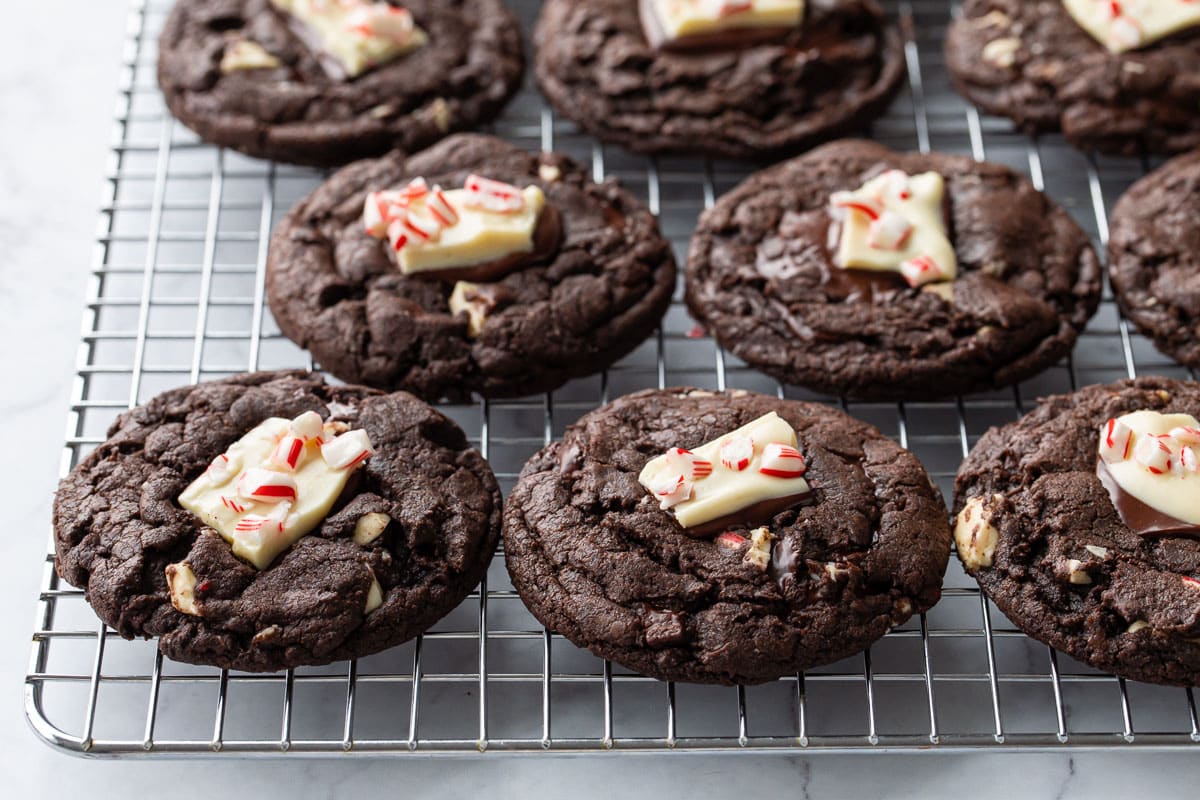How to Choose Between a Juicer and a Blender
Although you might want both, one of these appliances will probably serve you better overall.

We may earn a commission from links on this page.
Kitchen appliances seem to gain more and more functionality each year, and with that, the lines can blur. Two appliances that might seem similar and equally capable (some look nearly identical) are the juicer and blender, but they’re actually quite different. Before you start shopping, consider the differences between these machines. It’s pretty likely that one will serve you better than the other.
How does a juicer work?
A juicer, as its name implies, is specifically and exclusively for producing juice from whatever you cram inside. Typically, that means fruits and vegetables. Some juicers are simple handheld machines without the need of a motor, but I’m referring to the electric variety.
Most models have a similar setup: a tank on top where you load the food, a base that is equally as large as (if not larger than) the top where the controls and engine are located, a spout for the juice to come out, and a container or spout where the fruit and vegetable fiber collects.
Beyond that, there are two types of juicer you should know about: the masticating juicer and the centrifugal juicer.
Masticating juicers
“Masticate” is a posh way to say “chew.” (It makes me think of Michael Caine analyzing Sandra Bullock eating a steak in Miss Congeniality.) Chewing is exactly what a masticating juicer does. Produce is loaded into the tank, and a mechanism, usually an auger (a spiral ramp for smashing) slowly grinds the plants into a fibrous pulp against a sieve. The juice and some small bits of fiber are pressed through the screen, and the rest of the plant gets left behind for you to discard later.
Masticating juicers can also be called “slow juicers” or "cold press juicers" because they take longer to do their work than the centrifugal juicers do. The slow speed ensures your juice never heats up against the mechanism. (Heat can damage vitamin and mineral potency in your juice.) The high-powered pressing produces a juice with some fibrous bits in it and is more likely to result in a thicker, foamier drink that doesn’t separate. For these reason, cold juicing is often preferable and touted for holding onto more nutrients.
Additionally, masticating juicers are quiet due to their slow and steady mechanism. Before you head off to the store or click “check out,” note that all of these benefits come with a heavy price tag. Masticating juicers are expensive. I’ve never seen one retailing for under $100, and they’re often several hundred bucks.
Centrifugal juicers
A centrifugal juicer produces juice by slicing at high speeds. I can see this variety being the easiest to confuse with a blender. Instead of grinding and pressing, the produce is chopped into tiny bits against a spinning dial. The circular motion shoots the particles and juice against a conical-shaped screen. The free-flying juice goes out the spout and the fiber is retained in a separate container.
The high speed cutting of this type of juicer produces heat, and for juice fanatics this can be a deal-breaker. Active enzymes in fresh juice can begin to break down when heated. However, enzymes don’t begin to break down under 104°F. Though it's within the realm of possibility, I would be surprised if the juice could stay at that temperature for long enough to largely reduce the benefits. If you’re worried about it, maybe use fridge-cold produce to keep the temperature lower.
Centrifugal juicers are louder than masticating juicers, and the type of juice is prone to separation overnight, but their affordable price range might be worth it. (Also, shaking separated juice to redistribute the solids isn’t hard to do.) You can find centrifugal juicers ranging from $49 and up.
How does a blender differ from a juicer?

Credit: Allie Chanthorn Reinmann
Blenders might look similar to juicers—a loading tank on top and a large base with buttons—but they’re not the same. While juicers juice, you guessed it, blenders blend. The purpose of a blender is to combine all of the ingredients that go in to create a homogeneous consistency. That might be creating a thick paste like peanut butter, emulsifying mayonnaise, blending a chunky pico de gallo, meal prepping baby food, or whipping up a fruit smoothie.
Blenders are versatile
Not only do blenders chop up produce, but they’ll work with almost anything as long as the blades can catch it. Simply load the food into the container, and press the button for your desired blending speed. There is a small, central, rotating blade at the bottom of the tall container that will finely chop the food items you tossed inside. The powerful motor allows for a range of blade speeds, usually from low to high. Depending on how powerful the motor is, you can put whole fruits in some blenders and it’ll take them down to smooth liquids.
What do you think so far?

A bowl of potato soup I made using my blender. Credit: Allie Chanthorn Reinmann
However, that’s where the similarities end with blenders and juicers. There is no screen to separate the juice from the fiber. Everything that goes into the tank comes out as one homogeneous consistency.
Blenders aren't cheap either. You can find cheap ones, but I've always found there's a huge quality jump between ones under $65 and those starting around $99. This usually reflects the motor's power, but presets, and other bells and whistles can come into play with more expensive models. If you're blending soft foods, you can get away with a less powerful, cheaper machine. If you're frequently taking fibrous things down to a smooth paste or liquid then you'll need more power, and that comes with a higher price tag.
I've been most impressed with the Vitamix Ascent X5. This machine has totally knocked my socks off. I've made silky peanut butter and smoothies where you can't find a shred of spinach intact—but it retails for $750. Read here for the full review.
For a more reasonable price, I suggest the E310 model which is still expensive, but nearly half the price of the Ascent X5 and offers almost the same blending power. Another reputable blender in an even cheaper price bracket is the Breville Fresh and Furious blender which retails for $199.95.
Which one is best for you?
Now that I’ve pulled back the curtain on how juicers and blenders serve different purposes, choosing the right machine should be easy.
Juicers are specialists and they’re good at their job. If you’re in need of juices on a regular basis, then you need a juicer. Whether it’s a masticating or centrifugal juicer, it’s up to your preference and how much you’re willing to spend. Consider the noise of the machine, your budget, and if you like a thin or slightly thicker juice consistency.
I consider blenders to be more of a kitchen tool than specialty equipment. If you enjoy fruit smoothies, hot blended soups, or you make blender-crêpes every Saturday, then you’ll love a high-powered blender. Regardless of which one fits your lifestyle best, after a week with your new appliance, you won't know how you lived without it.

 Kass
Kass 































